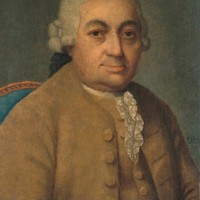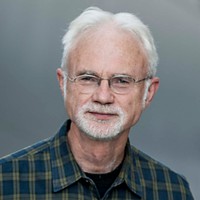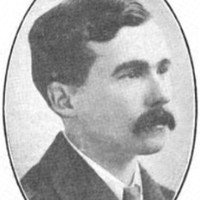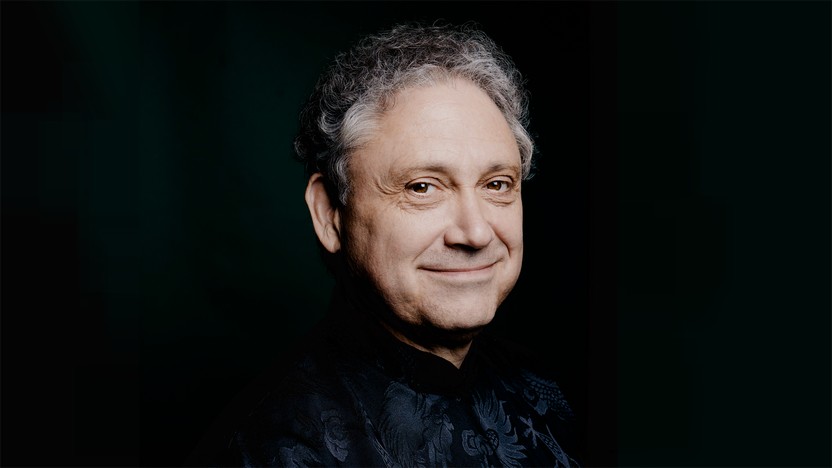Details

Carl Philipp Emanuel Bach
Sinfonia No. 1

John Adams
The Wound-Dresser for Baritone and Orchestra (SPCO Commission)

George Butterworth arr. Roderick Williams
Six Songs from A Shropshire Lad

Joseph Haydn
Symphony No. 93
Following the death of Haydn’s longtime patron Prince Nikolaus Esterházy in 1790, the prince’s son and successor, Anton, curbed the family’s musical activities and reduced Haydn’s salary to a modest pension. Meanwhile, Johann Peter Salomon, a German violinist and impresario working in London, saw in Prince Nikolaus’s death an opportunity to lure the illustrious Haydn to England. Salomon offered Haydn a generous contract and, for the first time in decades, Haydn secured extended leave from his Esterházy service. Haydn composed six symphonies for his initial trip to London in 1791-92 and added six more for a follow-up visit in 1794-95.
Haydn and Salomon reached London on January 2, 1791. Haydn wrote, “My arrival caused a great sensation … I went the rounds of all the newspapers for three successive days. Everyone wants to know me.” Besides a busy schedule of socializing and teaching, Haydn prepared music for the upcoming spring concert season. Salomon’s orchestra of forty or so musicians offered mixed programs of symphonies, concertos, arias, and chamber music, appearing each Monday in London’s Hanover Square Rooms.
The Symphony No. 93, like all but one of the “London” symphonies, begins with a slow introduction. The initial unison notes and harmonic excursions into minor modes establish the symphony’s gravitas and build suspense for the arrival of the Allegro assai body of the movement, which enters with a fluid theme for strings in a three-beat meter. The music builds in intensity, through the rich counterpoint in the development section and the forceful arpeggios of the closing. The punch of the opening movement creates maximal contrast with the first sonority of the Largo cantabile, scored for just a string quartet. Surprises abound in this gentle movement, as in the shift to minor-key music graced with old-fashioned trills and dotted rhythms, or the downright flatulent blast from the bassoons in the midst of a delicate passage. (The audience demanded an encore of this movement at the first performance, proving that Haydn understood well the Londoners’ appetites for surprising, adventurous music.)
The minuet plays with a diverse palette of orchestral colors, including an unusual emphasis on the timpani, which continues into the contrasting trio section. The stomping upbeats and swooping grace-notes of the finale impart the feel of a rustic dance, but the subtle manipulations of the themes are the height of urbanity, crafted by a master at the peak of his powers for a clever audience that hung on his every move.
Aaron Grad ©2014
About This Program
Ahead of Veteran’s Day, the enduring themes of grief, sacrifice and premature death are embedded in this program, with composers reflecting on their experiences of war and its lasting legacy. Under the baton of beloved Artistic Partner Richard Egarr, and for the first time in over 20 years, the SPCO performs John Adams’ monumental work for baritone and chamber orchestra, The Wound-Dresser. First commissioned by the orchestra in 1989 and sung here by British baritone Roderick Williams, the elegiac vignettes are set to Walt Whitman’s poem of the same name and detail the poet’s experiences as a compassionate hospital volunteer in the American Civil War. Williams also performs his own arrangement of George Butterworth’s song cycle A Shropshire Lad. He breathes fresh perspective into these haunting songs which are named after a small book of pastoral poems from the turn of the 19th century, in which the poet meditates on the young men of the English countryside who died young while answering the call to arms. While serving in World War I, Butterworth himself died just five years after he’d completed this song cycle, when many of the young men in the trenches beside him would have also carried the pocket-sized book of poems into battle.
Contribute
SPCO concerts are made possible by audience contributions.
Newsletter
For exclusive discounts, behind-the-scenes info, and more:
Sign up for our email club!


